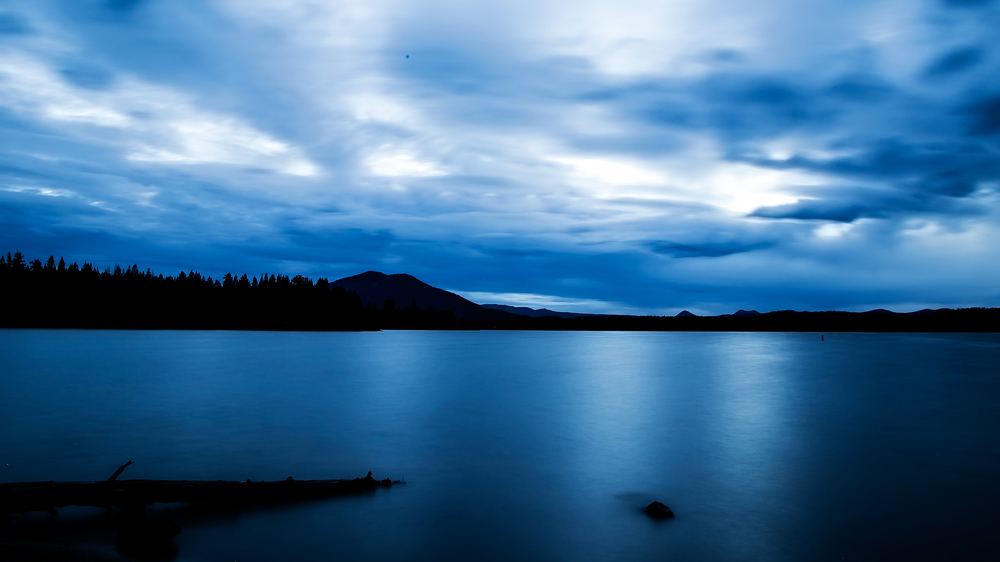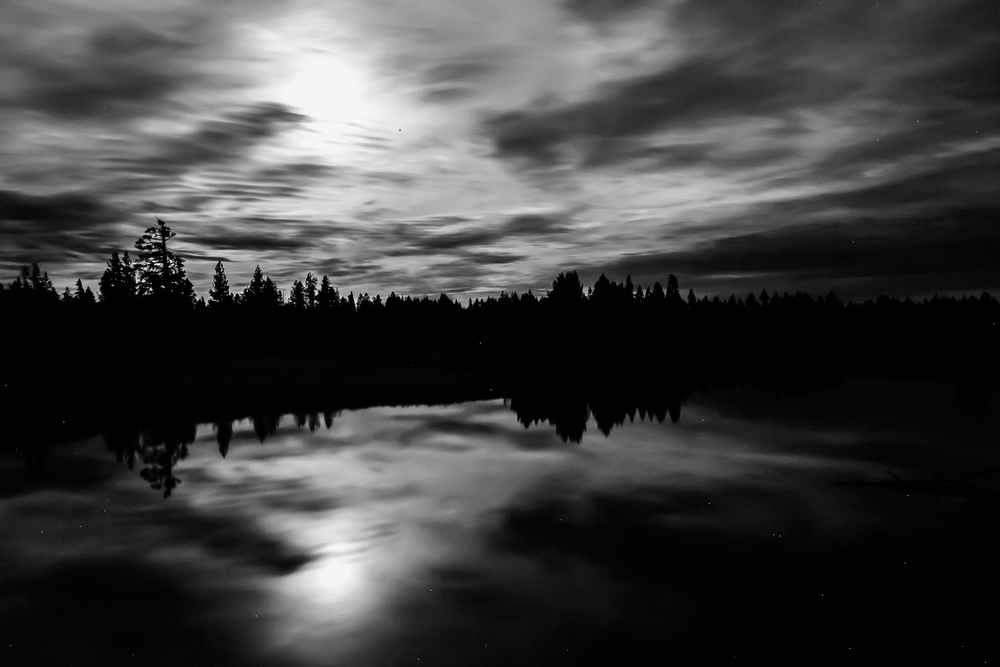If you came here to see amazing pictures of the super moon,
well, you came to the wrong place.
Let me explain. Our family recently went on vacation to Sunriver, Oregon during the
weekend of the super moon. I was
so excited to take some amazing night shots of the moon! So I recruited my husband to be my body
guard/camera caddy after putting the kids down (the Grands agreed to babysit
while we went on our adventure).
It was so perfect. We would
drive up to the Cascade Lakes, to Craine Prairie Reservoir, beat the light pollution,
and nail some perfect shots of a giant gorgeous moon. Well we headed off into the wilderness at 9 o’clock at night,
and drove for 45 minutes into darkness.
It was super creepy up there, and I don’t think we saw more that one
care pass on our whole journey. We
made jokes about horror movies we’ve seen, and how being out in no-mans-land kinda
felt like the perfect platform for that kind of scene. Anyways, we made it to the lake only to
have the moon be covered by clouds (on our drive the clouds kept getting
thicker and thicker). It was really
beautiful up there, and I managed to steal this shot…

…but no moon.
Anyways,
as we finished beating off the mosquitos while on route back to the car, the
clouds broke, and the moon showed its beautiful face! I was able to get some shots, finally. Unfortunately, this is the best of my efforts after
multiple compositions, setting adjustments, and in-camera HDR attempts. I came away with this one single
shot…and it totally sucks. I even had to put it in B&W because the color was so much worse. So, if this
was the best one, imagine what the others looked like!

So
how the heck do you get a good shot of the moon?!? Well leave it to my good friend Google to get me some
answers. First, you need a
telephoto lens (dang, that 70-200 is EXPENSIVE!), and you need to zoom way in. Second, focus on and expose for the
moon, and don’t even bother getting anything else in the picture exposed. Third, take another picture in exactly
the same spot (obviously, your gonna need a tripod), and focus on and expose for
the foreground (or whatever other subject of interest you want in the pic).
Now
you will have two pictures, one with the moon exposed properly, and one with it
overexposed (but everything else will be exposed properly). Next, you just pop those two images in
Photoshop and composite them together.
This is tricky business and one I’m still getting a handle on. I’ve been doing some research on how to make this happen, sonext time there is a
full moon, I’m going to try this technique, and see how it goes. I will post for sure when I do!
~K